The Brook Trout is a species of fish in the Salmonidae family. Some other members of the family include various salmon, char, grayling, and whitefish species. People in different regions call this fish by different names, including coaster, mud trout, squaretail, brook char, and more. Read on to learn about the Brook Trout.
Description of the Brook Trout
This species has dark colored scales, with light and red colored speckles across its body, and a red abdomen. This coloration becomes more vibrant in spawning males. Size varies based on the region and the individual.
These fish generally measure between 10 and 26 in. long, and weigh between 1 and 6 lbs. However, exceptionally large individuals can reach up to 34 in. and 15 lbs.
Interesting Facts About the Brook Trout
These fish have a number of interesting traits and behaviors. Learn more about what makes this species unique, below.
- Popular Fish – Nine different U.S. states consider this species their state fish, including West Virginia, Michigan, Virginia, New Hampshire, Vermont, New Jersey, Pennsylvania, New York, and North Carolina.
- Hybrids – This species sometimes breeds with the closely related lake trout. When this occurs, they produce hybrid offspring known as splake. Though fast-growing, most splake cannot reproduce.
- Invasive Populations – Humans introduced this species to several places outside of their native range. Invasive populations exist in New Zealand, Europe, and Argentina. The impact of these populations varies based on the region.
- Coasters – One population of this species lives primarily in the great lakes, and migrates out to nearby rivers and streams to reproduce. People in these regions call this group “coasters” and have historically utilized them as a source of food and for sport fishing.
Habitat of the Brook Trout
Different populations live in different habitat types. Some populations utilize freshwater habitats their entire lives. Other populations have anadromous life cycles, and travel to the ocean for their adult life, returning to freshwater to spawn.
Some of the different types of ecosystems that these fish inhabit include lakes, rivers, ponds, streams, coastal seas, estuaries, and more.
Distribution of the Brook Trout
The natural range of this species extends throughout North America. You can find this species as far north as Canada, and as far south as the southern United States. Humans have also introduced populations of this species to New Zealand, Asia, Europe, South America, and more.
Diet of the Brook Trout
Dietary preference varies primarily based on the age, and thus size, of this fish. Smaller individuals cannot hunt for larger prey, and thus primarily feed on invertebrates. Their prey commonly includes insects, insect larvae, fish larvae, plankton, and more. As they reach adulthood, the fish hunt for other fish, frogs, snakes, and even small mammals.
Brook Trout and Human Interaction
Humans target this species as a popular sport fish. In fact, this popularity caused population decline in many regions. Nowadays, individual states have placed protection on the fish, and many fishermen practice catch-and-release with the species.
Other human activity, such as pollution, habitat destruction, dam construction, and more, impact this species as well. Populations in some regions face greater threat than those in other regions. The IUCN has not assessed this species.
Domestication
Humans have not domesticated this fish in any way.
Does the Brook Trout Make a Good Pet
No, you wouldn’t want to keep this species as a pet. Because they grow quite large, you would need an immense tank to house them. This makes it quite impractical to keep them as pets.
Brook Trout Care
Some aquariums keep this species in their collections. They keep the fish in large aquariums with a variety of real or artificial hiding places, such as branches, roots, or plants. Their diet primarily consists of fish, shrimp, and invertebrates.
Some people also raise this fish for commercial use. In some areas, they keep the fish in large tanks, while in others they raise them in stock ponds. The fish thrive on pelleted feed formulated for high protein diets.
Behavior of the Brook Trout
The behavior of this fish varies based on the population at hand. Some populations migrate from their freshwater spawning grounds out to the ocean as they age. Other populations remain in freshwater habitats for their entire life cycle. Most populations, anadromous or otherwise, migrate when it comes time to spawn.
Reproduction of the Brook Trout
While spawning, the female chooses a spot in the gravel to dig their nest, known as a “redd.” She then lays her eggs there, and the male fertilizes them externally.
After fertilization, the female buries the eggs in a layer of gravel to protect them from predators. The incubation period varies based on the water temperature, and the newly hatched fry remain in the safety of the gravel for a short period.

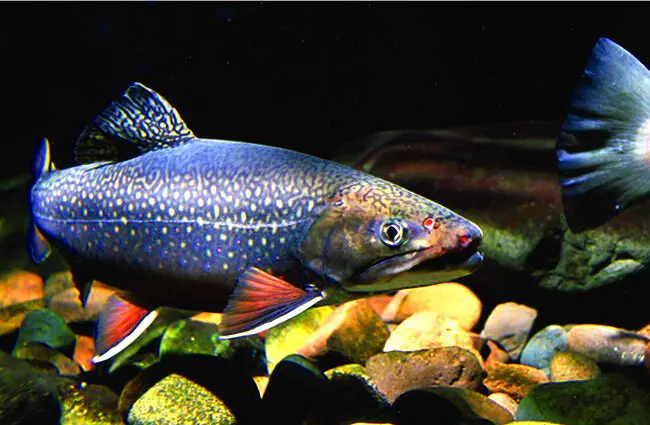
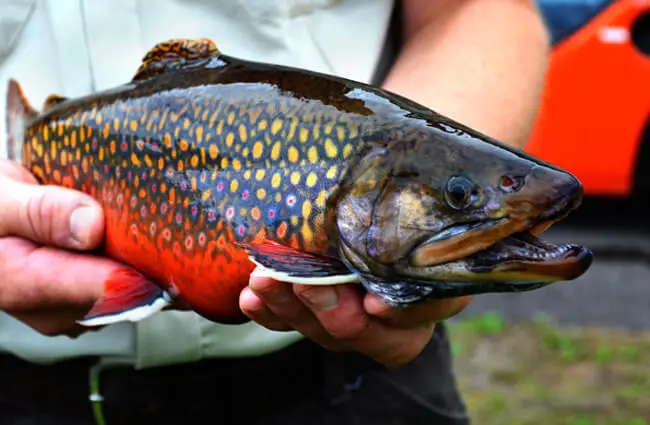

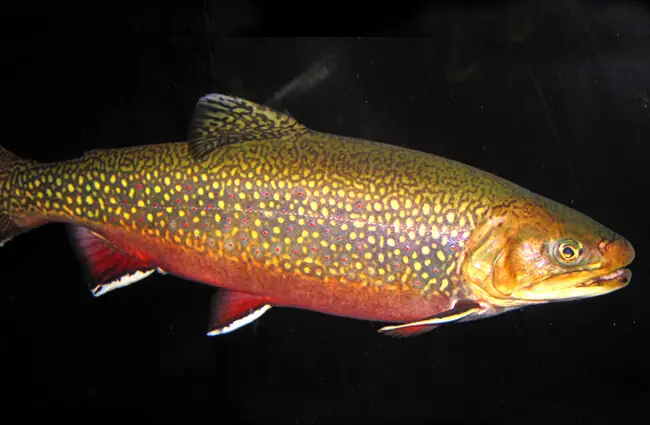

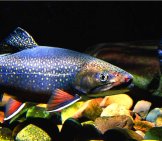
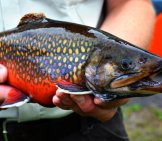
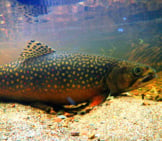


![Red Angus Closeup of a beautiful Red Angus cowPhoto by: U.S. Department of Agriculture [pubic domain]https://creativecommons.org/licenses/by/2.0/](https://animals.net/wp-content/uploads/2020/03/Red-Angus-4-238x178.jpg)












![Red Angus Closeup of a beautiful Red Angus cowPhoto by: U.S. Department of Agriculture [pubic domain]https://creativecommons.org/licenses/by/2.0/](https://animals.net/wp-content/uploads/2020/03/Red-Angus-4-100x75.jpg)

